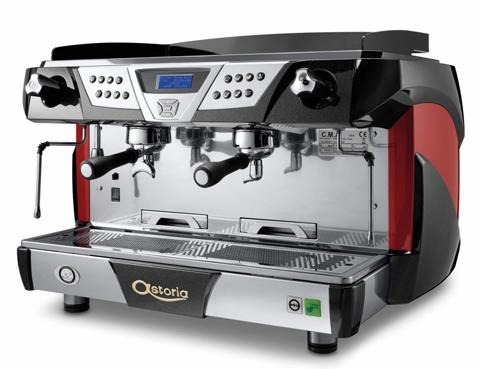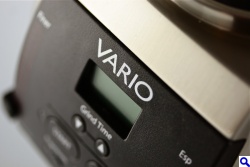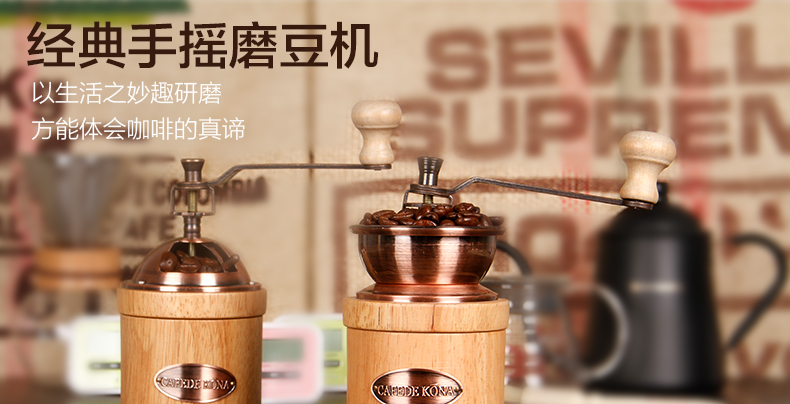Common English nouns in the use of Italian Coffee Machine and explanation of words suggesting Coffee Machine maintenance
Terminology for Espresso coffee machine
On the CoffeeGeek website, you will find many technical and technical terms related to Italian coffee machines. Boiling head, sealing ring, atmospheric pressure, extraction time and so on can be confusing. The following glossary lists some common (very useful) terms you will encounter and their corresponding explanations. Some of them will have something to do with coffee maker terminology.
Letter A
Automatic (automatic machine): refers to an Italian coffee machine in which the user is responsible for grinding, measuring and pressing the coffee into the handle, but the machine itself
Brew a certain amount of coffee and press to provide the required pressure.
Letter B
BAR (air pressure): the pressure rating used by most pump-driven Italian coffee machines.
9 atmospheres-the typical value for brewing Italian coffee is 8.8 atmospheres, or 130 pounds per square inch.
This pressure can be produced continuously by vibrating or rotary pumps in almost all household models.
Barista (Coffee operator): an Italian term for a person who operates Italian coffee brewing equipment in a coffee shop or coffee shop.
When you are good at making your own Italian coffee, you can call yourself a qualified barista.
Boiler (boiler): the main heating element of water in Italian coffee machine. The boiler is made of brass, stainless steel, copper or aluminum, which is the most important in the machine.
One of the components of.
Brew Group (cooking head assembly): the area in the machine that contains the cooking head, handle, and filter.
Some head assemblies (such as the E61) are actively heated, while others are passively heated using metal or metal contact.
The entire brewing head assembly should be fully heated to make standard Italian coffee.
The term head assembly also refers to removable components in advanced automatic Italian coffee machines.
Brew Temperature (boiling temperature): often mentioned in Italian coffee machines.
Although opinions vary, it is generally believed that in order to extract Italian coffee perfectly, the water temperature should be between 190 and 205 degrees Fahrenheit (sea level).
Brew Time (brewing time): one of the indicators to measure whether Italian coffee is properly flushed.
The cooking time starts from the moment the pump switch is turned on until the pump switch is turned off. The time to correctly brew Italian coffee should be 25 to 30 seconds.
Burr Grinder (plate grinder): a bean grinder recommended for making fine Italian coffee. This kind of bean grinder has two grinding plates, one is stationary and the other is rotating.
Cut the coffee beans into very fine particles.
Letter C
Caf è Cr è me: an Italian coffee drink that is brewed in a manner similar to that of ordinary Italian coffee.
Italian coffee comes out at a rate of 1.5 ounces in 25 seconds (3 ounces in 25 seconds when doubled), while cafes crè me has a higher speed-5 ounces or more in 25 seconds. By changing the grinding fineness, more water can flow through the coffee powder into the cup. In a load-free state, a normally functioning Italian coffee machine pump can pump 2.5 to 3 ounces of liquid in 10 seconds. Changing the fineness of grinding means changing the flow rate of the drink.
Caffe Latte | Caf è latte (latte): a drink based on espresso (or mocha coffee) with milk steam added. It is very popular in America. Lattes are also the base of many other drinks, such as flavored lattes with flavored syrup. Traditionally, the top of a latte should be covered with milk foam.
Caffe Mocha | Mocha (mocha): similar to lattes, mochas add chocolate syrup or powder to their drinks, which creates a combination of coffee and chocolate. Sometimes used chocolates are not recommended because condiments work better and the sugars in chocolate milk crystallize on the steam rod-it is difficult to remove them. The top of the mocha is usually covered with cream.
Cappuccino (cappuccino): contains three drinks: 1/3 espresso (single or double), 1/3 vaporized milk and 1/3 milk foam. The traditional cappuccino is a 4.5-ounce drink in a 5-ounce cappuccino cup. The double is 8 or 9 ounces, and all ingredients, including milk, espresso and milk bubbles, are double. It can be covered with cinnamon or other seasonings or chocolate powder.
CC: many Italian coffee machines are made in Europe, and the capacity of the boiler is usually expressed in the unit of cc, equivalent to milliliters or 1/1000 liters. The 100cc is 3.38US liquid ounces.
Coda di topo: the Italian word for "rat tail" is used to describe the shape of espresso as it flows out of the handle outlet while brewing.
Coffee Bed (coffee cake): see Coffee Pack (coffee cake).
Coffee Pack (Coffee Cake): a term used to describe the shape of coffee powder that is filled in a filter basket by espresso before brewing.
Commercial (business model): when it comes to Italian coffee machines, business models refer to coffee machines that have high production capacity and durability of parts and can be used in places such as cafes or restaurants. Business-grade coffee machines can brew espresso throughout the day, cup after cup.
Consumer (consumer model): used to describe an Italian coffee machine that is mainly designed for mild or moderate use in the home.
Control
Panel (control panel): the area where the user controls most or all of the functions of the Italian coffee maker. There are usually power switches, cooking control switches and steam controllers. In some models there will also be a hot water discharge controller. They come in different forms: some control panels use rocket-style switches and control handles; some use key switches; and others use pressure-sensitive switches.
Crema
Enhancer (Coffee Oil Enhancer): is a device or design used to easily produce "coffee oil" when brewing espresso (unproven). See pressurized handle or pressurized filter. Coffee oil enhancers do not produce coffee oil as traditional brewing methods do, and often lead to poor taste.
Crema (Coffee Fat): for models that do not use coffee oil enhancers, this is an indication of the quality of espresso brewing, which is produced when air and carbon dioxide in the liquid are released under high pressure. There is also emulsified oil in the liquid, and a deep golden brown surface layer formed by foam accumulation on the surface of espresso.
Cup
Tray (cup holder): it is part of the Italian coffee machine, and when you start making coffee, you can put the coffee cup on it. The cup holder is on top of the drip tray (or part of the drip tray).
Cup Warmer (cup warmer): the part of an Italian coffee machine that heats a coffee cup. It is usually located on the top of the coffee machine, above the boiler (the boiler is inside the machine). Not all Italian coffee machines have cup warmers. Some models use active cup warmers (including Solis SL-90). The cup warmer is very useful, without it, just 1.5 ounces of coffee poured into a cold cup will quickly lose calories.

Source:
Sylvie's blog
Important Notice :
前街咖啡 FrontStreet Coffee has moved to new addredd:
FrontStreet Coffee Address: 315,Donghua East Road,GuangZhou
Tel:020 38364473
- Prev

The selection of bean grinder the thickness of grinding plays an important role in the quality of coffee.
Don't ignore the espresso machine purchase Guide if you don't remember anything by reading the espresso purchase guide, please remember that the bean grinder is an absolutely necessary equipment for making a cup of high quality espresso at home. As mentioned in the title, many friends in the forum buy espresso machines
- Next

Coffee grinder: CAFEDE KONA bean grinder hand grinder manual retro grinder
Brand: CAFEDE KONA gross weight: 477g model: CK-8060/CK-8061 color classification: burgundy purple usage: manual
Related
- What is the Philharmonic pressure? How to use Philharmonic pressure to make delicious coffee
- Why does a hand grinder have more fine powder than an electric grinder?
- In addition to the hot mom, what is the difference between the versions of EK43 | ditting and Mahdi ek43?
- What kind of equipment do you need to make coffee by hand? Introduction to novice starter cooking equipment tools
- Espresso needs to be ground how thick and thin scale entry Italian Coffee Machine Bean Grinder investigation and Grinding course
- How much does it cost to open a small private cafe? How much does it cost to learn coffee? How to operate it?
- The difference between the flavor characteristics of hand-brewed coffee and coffee maker is hand-brewed coffee really better than coffee maker? Can I use a coffee machine to make coffee beans by hand?
- The difference between 01 and 02 of hario v60 filter cup what is the difference between 01 and 02 filter cup opening and cooking flavor
- What's the difference between the smart cup and the French kettle? Which is better, the French kettle or the Smart Cup?
- What's the difference between a smart cup and a V60 filter cup? The difference between the taste of smart cup and hand-brewed coffee

